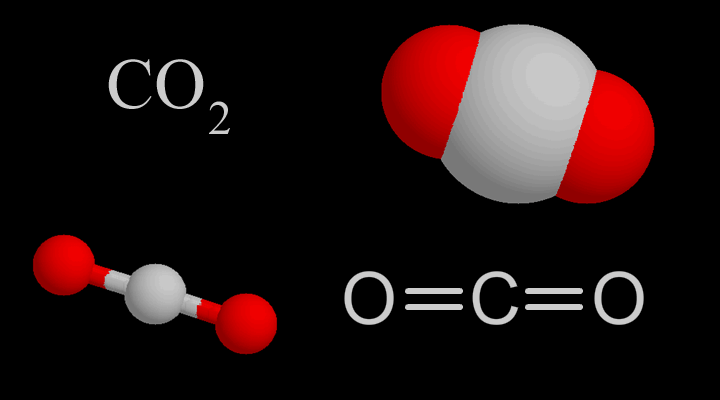Discover the mysteries of Mars! In our latest article, we explore the main component of the Martian atmosphere. Join us as we unravel the secrets of this fascinating red planet and learn about the crucial role played by carbon dioxide gas in shaping its unique atmospheric conditions. Let’s dive into the wonders of the Martian atmosphere and unlock the secrets of our neighboring planet.
The Dominant Gas in Mars’ Atmosphere: Unveiling its Composition
The Dominant Gas in Mars’ Atmosphere: Unveiling its Composition
Mars, often referred to as the “Red Planet,” has long intrigued astronomers and space enthusiasts alike. With its dusty, barren landscape and thin atmosphere, it offers a unique opportunity for scientific exploration and understanding of planetary evolution.
One of the key aspects of Mars’ atmosphere is the composition of its gases. While Earth’s atmosphere is predominantly made up of nitrogen (78%) and oxygen (21%), Mars presents a vastly different scenario. The dominant gas in Mars’ atmosphere is carbon dioxide (CO2), comprising about 95% of its total atmospheric composition. This stark contrast to Earth’s composition highlights the distinct planetary conditions and processes at play on Mars.
The presence of such high levels of carbon dioxide has significant implications for Mars’ climate and habitability. The greenhouse effect caused by CO2 traps heat in the atmosphere, resulting in average temperatures of around -80 degrees Fahrenheit (-62 degrees Celsius). This extreme cold makes sustaining life as we know it highly unlikely on the surface of Mars without special protective measures.
Nevertheless, the search for signs of life on Mars continues, fueled by the discovery of traces of methane gas in the planet’s atmosphere. Methane is a crucial molecule associated with biological activity on Earth, leading researchers to investigate potential sources and processes that could explain its presence on Mars. The findings could provide insight into the existence of microbial life or geological processes that produce this gas.
Understanding the composition of Mars’ atmosphere is essential for planning and executing future missions to the planet. It helps scientists determine optimal landing sites, design equipment and spacecraft to withstand the atmospheric conditions, and assess potential risks and challenges that may arise during exploration.
In conclusion, carbon dioxide is the dominant gas in Mars’ atmosphere, comprising approximately 95% of its composition. This composition, along with the presence of methane, has significant implications for Mars’ climate and habitability. Further research and missions are crucial to unraveling the mysteries of this fascinating planet and potentially discovering signs of life beyond Earth.
What is the Temperature on Mars?
[arve url=”https://www.youtube.com/embed/wh6ma2UOzz0″/]
Earth vs Mars – How Do They Compare – Space / Planet Comparison 🌎
[arve url=”https://www.youtube.com/embed/RxD7iYQHdqo”/]
Preguntas Frecuentes
What is the dominant gas in Mars’ atmosphere?
The **dominant gas** in Mars’ atmosphere is **carbon dioxide (CO2)**. It makes up about **95%** of the planet’s atmosphere. Other trace gases include **nitrogen, argon, and traces of oxygen, water vapor, and methane**.
Which gas makes up the majority of Mars’ atmospheric composition?
The majority of Mars’ atmospheric composition is made up of **carbon dioxide (CO2)**.
What is the primary gas constituent of the Martian atmosphere?
The primary gas constituent of the Martian atmosphere is carbon dioxide (CO2). This makes up about 95.32% of the total atmosphere on Mars. Other gases present in smaller amounts include nitrogen (2.7%), argon (1.6%), oxygen (0.13%), and traces of water vapor (about 0.03%). The presence of carbon dioxide plays a significant role in creating the thin atmosphere and extreme cold temperatures found on the Martian surface.
In conclusion, the main component of the atmosphere of Mars is carbon dioxide (CO2). This gas makes up about 95% of the atmospheric composition, with traces of nitrogen, argon, and other gases present in smaller amounts. Understanding the composition of Mars’ atmosphere is crucial for the study of its climate, weather patterns, and potential for sustaining life. The high concentration of carbon dioxide also plays a significant role in the planet’s greenhouse effect and the extreme cold temperatures observed on its surface. Further exploration and research are needed to unravel the mysteries of Mars’ atmosphere and its implications for future human missions to the Red Planet.

